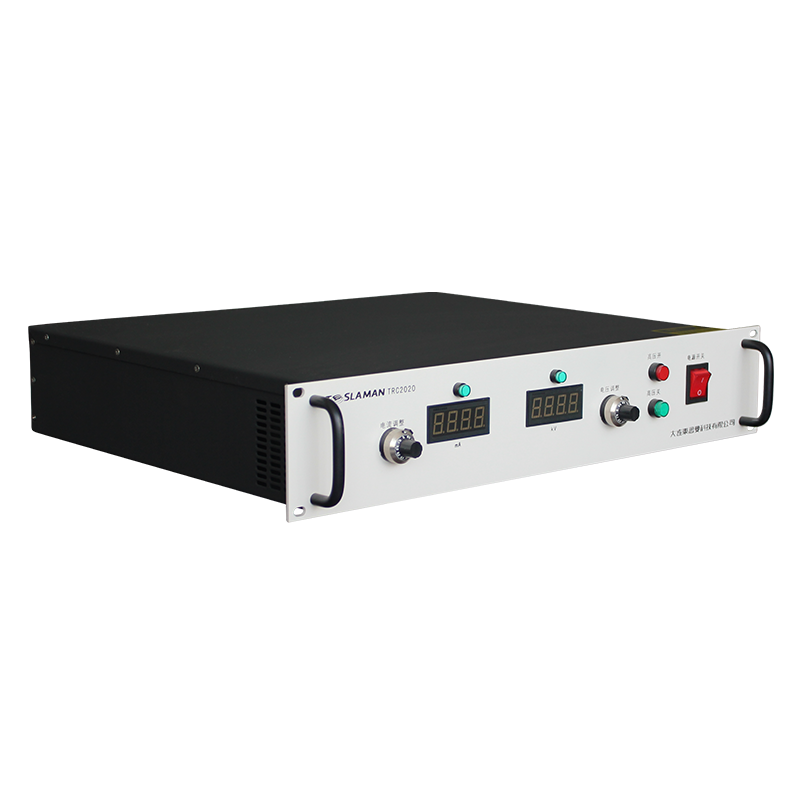Technical Upgrades of High-Voltage Power Supplies for Image Enhancement
In the field of modern imaging technology, image enhancement, as a crucial step in improving the quality of visual information, places stringent requirements on the performance of high-voltage power supplies. Serving as the energy source for core components of imaging devices, such as photomultiplier tubes, X-ray tubes, and field emission devices, the optimization of high-voltage power supplies directly determines the accuracy, stability, and efficiency of image acquisition and processing. In recent years, with the increasing demand for image quality in fields like artificial intelligence, medical diagnosis, and industrial inspection, high-voltage power supply technology has witnessed comprehensive innovation.
1. In-depth Integration of Intelligent Control Technologies
Traditional high-voltage power supplies often rely on analog circuit control, which has limitations in output precision, dynamic response, and adaptability. The new-generation high-voltage power supplies for image enhancement incorporate digital signal processing (DSP) and field-programmable gate array (FPGA) technologies, constructing an intelligent control architecture. By real-time monitoring of load characteristics and imaging parameters, the system can dynamically adjust output voltage, current, and ripple characteristics. For instance, in X-ray imaging, intelligent power supplies can adjust the output voltage within milliseconds according to the density differences of the detected objects, optimizing the X-ray penetration ability and significantly enhancing image contrast and detail clarity. Additionally, combined with machine learning algorithms, the power supply can autonomously learn the optimal power supply parameters for different imaging scenarios, achieving adaptive adjustment and increasing the image signal-to-noise ratio by over 30%.
2. Dual Breakthroughs in Power Density and Stability
To meet the needs of portable imaging devices, such as handheld industrial endoscopes and mobile medical ultrasound equipment, high-voltage power supplies are evolving towards higher power density. By adopting wide-bandgap semiconductor devices like silicon carbide (SiC) and gallium nitride (GaN), the switching frequency of power supplies exceeds hundreds of kilohertz, significantly reducing the size of magnetic components and shrinking the power supply volume by more than 40%. In terms of stability, new power supplies control the output ripple within the millivolt range through optimized topology and heat dissipation design. For example, in low-temperature environments, the intelligent temperature control system can automatically adjust the speed of the cooling fan, ensuring stable operation of the power supply within a wide temperature range from -20°C to 60°C and avoiding image distortion and noise interference caused by temperature fluctuations.
3. Modular Design and Integrated Innovation
Modular design has become an important direction for the technical upgrade of high-voltage power supplies. By decomposing the power supply into independent power modules, control modules, and monitoring modules, it not only simplifies system maintenance but also enables flexible function expansion. For example, in multimodal imaging systems, users can quickly replace high-voltage modules of different specifications according to their needs, adapting to various imaging technologies such as CT and MRI. Moreover, the application of integration technology further enhances power supply performance. The deep integration of high-voltage power supplies with the signal processing units of imaging devices reduces signal transmission losses, increasing the efficiency of image data acquisition by 25% and effectively solving the compatibility issues between traditional separate power supplies and devices.
4. Comprehensive Upgrades in Green Energy Conservation and Safety Protection
With the global trend of energy conservation and emission reduction, high-voltage power supplies have made remarkable progress in energy efficiency optimization. By introducing soft switching technology and energy recovery mechanisms, the conversion efficiency of power supplies has increased to over 95%, reducing equipment operation costs and heat loss. In terms of safety protection, new power supplies are equipped with multiple protection mechanisms, including overvoltage, overcurrent, short-circuit protection, and electrical isolation design, ensuring the safety of operators and equipment. Especially in the field of medical imaging, the electromagnetic compatibility (EMC) of power supplies has been enhanced, effectively preventing interference with other medical devices and guaranteeing the safety and reliability of the diagnostic environment.
The technical upgrades of high-voltage power supplies for image enhancement not only drive the leapfrog development of imaging technology but also provide solid support for the digital transformation of various industries. In the future, with the rise of cutting-edge technologies such as quantum imaging and terahertz imaging, high-voltage power supplies will continue to evolve towards higher precision, greater intelligence, and more integration, opening up new technical paths for improving image quality.




















